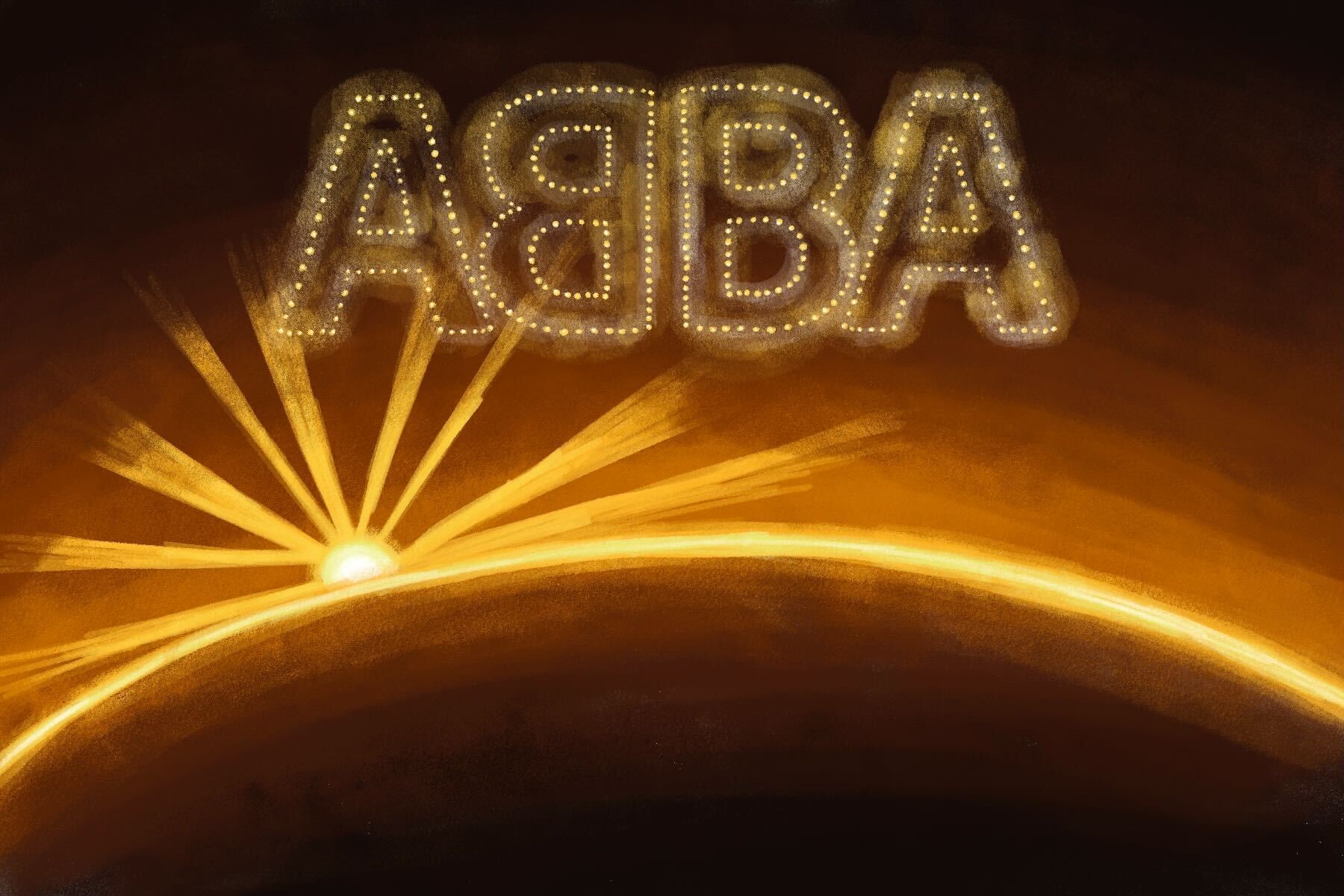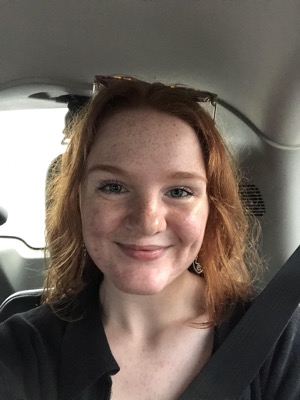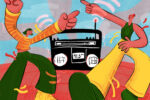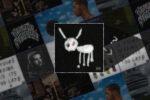If I could take a chance on ABBA’s new album, “Voyage,” so can everybody else. The Swedish pop group that formed in 1972 is back almost 40 years after their last album release. “Voyage” brings a fusion of nostalgia, realization and familiarity to the many anticipating fans no matter whether they’re a day-one follower or a young adult new to the talent of ABBA.
What “Voyage” Is All About
Along with any album, “Voyage” is up for interpretation. To me, the album evokes nostalgia with hits “Don’t Shut Me Down,” “Just a Notion” and “When You Danced With Me.” It also encompasses suffering with hope of recovery in “I Can Be That Woman” and “No Doubt About It.”
The album poetizes the trials and tribulations of life with “Keep an Eye on Dan” and “I Still Have Faith in You,” and it touches on the current metaphorical and literal climate of the world with “Bumblebee.” One of the tracks, “Little Things,” is an early holiday gift in the form of a soothing Christmas tune. And the album’s closing, the mostly instrumental “Ode to Freedom,” ponders the life each human is given and what freedom should mean to each individual.
ABBA’s History
ABBA consists of Agnetha Fältskog, Björn Ulvaeus, Benny Andersson and Anni-Frid Lyngstad. Independently, each artist was struggling with creative inspiration. However, when Ulvaeus and Andersson entered relationships with future bandmates Lyngstad and Fältskog in 1969, the puzzle pieces came together.
It all began one summer night in June 1966. According to Biography, two of the most prominent Swedish bands, The Hootenannys and The Hep Stars, crossed paths for the first time, with shows premiering at the same venue. During the party, a member from each of the bands, Ulvaeus and Andersson, found themselves singing together in a park and agreed that they would soon collaborate. After a few weeks, they met up and worked out their first songs: “It Isn’t Easy to Say” and “No Time.”
Around this time, Lyngstad was vying in several talent contests and even performing in a cabaret act. After the Eurovision trials in 1969 were a wrap, she ran into Andersson and Ulvaeus in a restaurant. Fast-forward to when the three met up to appear on a radio program, and Lyngstad and Andersson were officially an item.
Fältskog, on the other hand, had garnered fame at the young age of 17 with her breakout single in 1968. Her fame in Sweden resulted in her collaboration with and later engagement to a West German songwriter and producer. Alas, her Swedish fan base wouldn’t be adequate to support her expansion internationally, straining her already long-distance relationship. Shortly after, in May 1969, a TV special featuring several Swedish pop stars resulted in a second meeting between Ulvaeus and Fältskog, who had already met once in 1968, and were now properly going steady.
By the end of 1969, both Ulvaeus and Andersson’s bands had broken up, leaving the two to focus on their work to come. Andersson took this opportunity to invite Lyngstad to join forces in their music careers, but Ulvaeus was initially hesitant to do the same with Fältskog.
In April 1970, the four future bandmates took a holiday trip to Cyprus. They happened upon the realization that transformed them forever: the discovery of their brilliant harmonization after an impromptu performance for the U.N. soldiers stationed on the island. After another few passing years of moderate success, the band reached listeners that would launch soon-to-be ABBA to an impressive stature. In Japan, the success of the hit “She’s My Kind of Girl” drove the group to record their first single, “People Need Love.”
The foursome shortly delivered a song for the 1973 Eurovision Contest. “Ring Ring” captivated viewers with its catchy beat, becoming a major hit and the future title of their debut album. ABBA became the band’s official name, and during the 1974 Eurovision Contest, “Waterloo” was a no-brainer and took the win. This smash record was just the beginning, and ABBA swiftly rose to fame as the next international pop stars. One might say the winners took it all.
Now one of the world’s most popular bands, ABBA has sold 380 million albums and singles worldwide.
The “Voyage” Tour
With the release of “Voyage,” ABBA has announced a tour that starts in May 2022, but here’s the twist: Holograms will replace the physical band. Described as a “revolutionary concert,” an avatar will represent each band member during the concert. Using CGI from George Lucas’ studio, Industrial Light & Magic, animated versions of the bandmates will “tour” the world from 2022-2026, beginning in London.
The Future of ABBA
Heartbreakingly, ABBA confirmed they wouldn’t release any more music after “Voyage.” “This is it,” said Andersson, accompanied by Ulvaeus in an interview with The Guardian. I guess ABBA will be slipping through my fingers on this one, but I have a dream they may release the two songs they allegedly left off their last album.
Even though ABBA is ended, that doesn’t mean it’s the ultimate end; it’s just a notion, perhaps. ABBA has released 11 albums — with many of their well-known songs used to create a live production and musical film of “Mamma Mia!” that further embedded the band’s presence in pop culture — that lay all their love on the line.
Thank You for the Music
All anyone can truly say to ABBA is thank you for the music, including the embarking “Voyage.” The band’s legacy will live on through many generations to serve as go-to karaoke songs and late-night dance mixes but also will continue to remind their fans of the humanity of the world and the grievances afforded through divorce, loss and remembrance.
ABBA’s music has captured the hearts of many as their songs cover a wide range of themes, like an insatiable horniness in the wee hours of the night from “Gimme! Gimme! Gimme!,” a cry for help in a deteriorating relationship from “S.O.S.” and a lonesome approach to prominence from “Super Trouper” that all dispense ABBA’s exceptional range of ingenuity and sentiment.


















Leah frances andrews